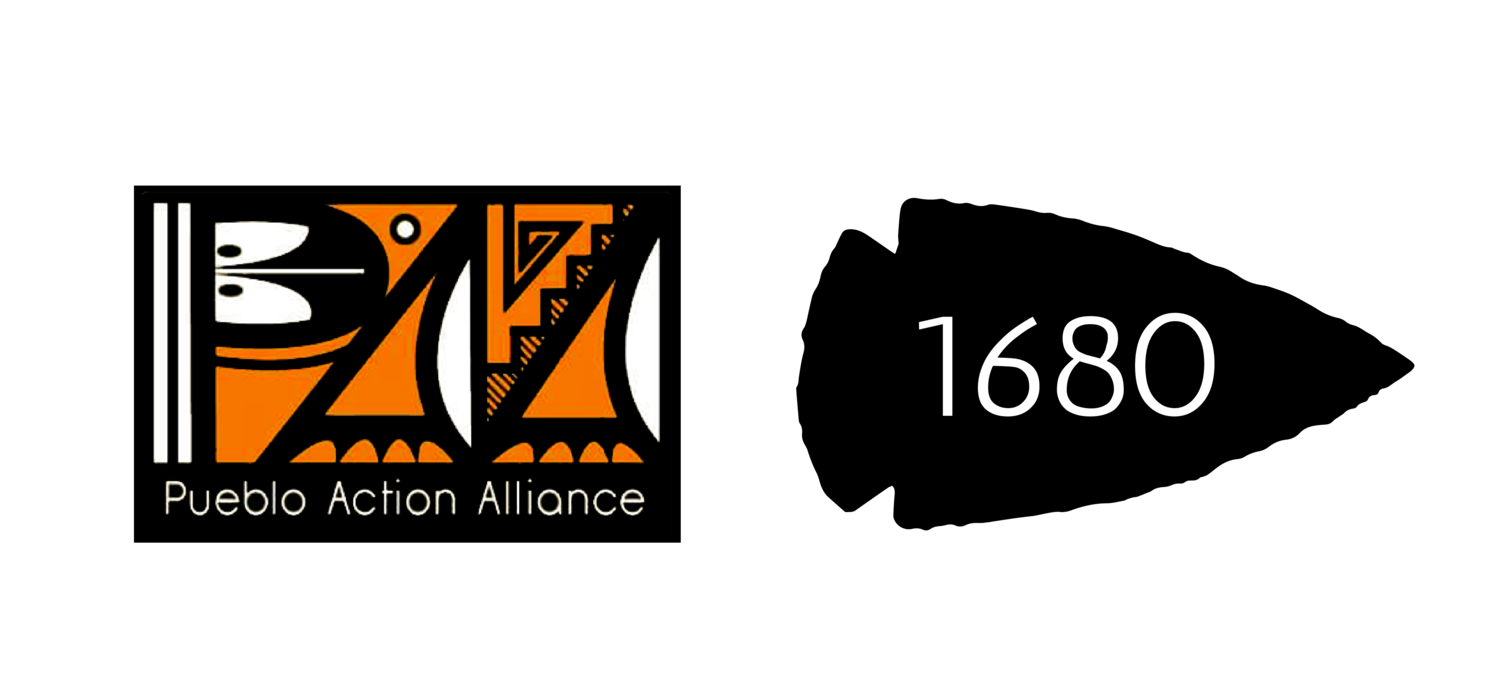
Oil & Gas
Fossil Fuels Program Review and Virtual Forum
Nearly 600 conservation, Native American, religious and business groups have called on the Biden administration to ban new fossil fuel leasing and oversee a managed decline of production on federal public lands and waters.
The Biden administration’s Executive Order 14008 is a critical opportunity to align the federal fossil fuel programs with U.S. climate goals. This requires a full environmental review.
Runaway federal fossil fuel programs have already leased more oil, gas and coal than can be burned. The world’s already-producing oil, gas, and coal fields will push warming well past 1.5 degrees Celsius. Our climate future can’t afford new leases.
Public lands and waters are where President Biden can fight the climate crisis now. Phasing out the fossil fuel programs demonstrates real leadership in the global climate fight.
Stopping climate chaos requires keeping fossil fuels in the ground; the natural place to start is on public lands and oceans.
Phasing out the federal fossil fuels programs would help the extinction and climate crises by halting the expansion of climate-polluting industrialization of public lands and oceans.
Phasing out the federal fossil fuels programs requires measures to ensure an equitable transition for impacted communities and states dependent on its revenues.
Pollution from federal fossil fuels impacts low income communities and communities of color disproportionately.
The costs of climate inaction will far outweigh the economic benefits of continuing the federal fossil fuel programs.
“For far too long the people in the Eastern Navajo agency have been living an environmentally racist horror show”
— Mario Atencio, legislative district assistant with the Navajo Nation Council in New Mexico
Action Alert for Public Comment Period
Public Comments
The Biden Administration is accepting public comments on its federal fossil fuel program review pursuant to Executive Order 14008.
More Info
Tackling the Climate Crisis at Home and Abroad. People can submit additional information through April 15 to inform the Interior Department’s interim report.
Language
Please use or adopt this language for action alerts to your group’s members.
Fact Sheet
There is no room in the global carbon budget for new fossil fuel developments. The potential carbon emissions from the oil, gas, and coal in the world’s currently operating fields and mines would take us beyond 2°C of warming. The reserves in currently operating oil and gas fields alone, even with no coal, would take the world beyond 1.5°C. Staying below 1.5°C precludes any new fossil fuel leasing or development on public lands or oceans.
The Intergovernmental Panel on Climate Change warns we have 9 years left, until 2030, to reduce global emissions by half if we have even a chance at avoiding warming greater than 1.5 degrees Celsius;
Unlike fossil fuels on private or state land, President Biden has direct authority over the fate of federal fossil fuels on public lands and oceans. He has the authority to act now.
Peer-reviewed science estimates that a nationwide federal fossil fuel leasing ban would reduce carbon emissions by 280 million tons per year, ranking it among the most ambitious and effective federal climate-policy proposals.
38 million acres of public lands and waters--an area the size of Georgie--are now leased to oil and gas companies, of which 15 million acres--an area the size of West Virginia--has been drilled. This includes 26 million acres of federal public lands, half of which hasn’t been drilled, and 12 million acres of federally managed oceans, of which only 20 percent has any drilling.
Federal fossil fuels that have already been leased to industry contain up to 43 billion tons of potential climate pollution; those that have not been leased to industry contain up to 450 billion tons. Federal fossil fuels make up about half of all fossil fuels in the U.S.
Fossil fuel extraction on public lands causes about a quarter of U.S. greenhouse gas pollution.
90% of public lands are available to oil and gas leasing.
The US has offered over 2.66 billion acres of federal waters to oil and gas companies under various lease sales since 1954, the start of the federal leasing program.
The Trump administration offered an astounding 516 million acres of federal ocean waters for leasing, but the industry purchased <1% of those offers.
Development of unleased areas offshore would result in between 19 billion tons and 34 billion tons of additional ghg emissions.That amounts to a social cost of carbon of between $723 billion and $1.2 trillion.
Production horizons for all leased federal fossil fuels, if fully developed, would extend significantly beyond the thresholds for 1.5°C of global warming.
Crude oil under federal lease would last 39 years, through 2055;
Coal under federal lease would last 25 years, through 2041;
Methane gas under federal lease would last 28 years, through 2044;
